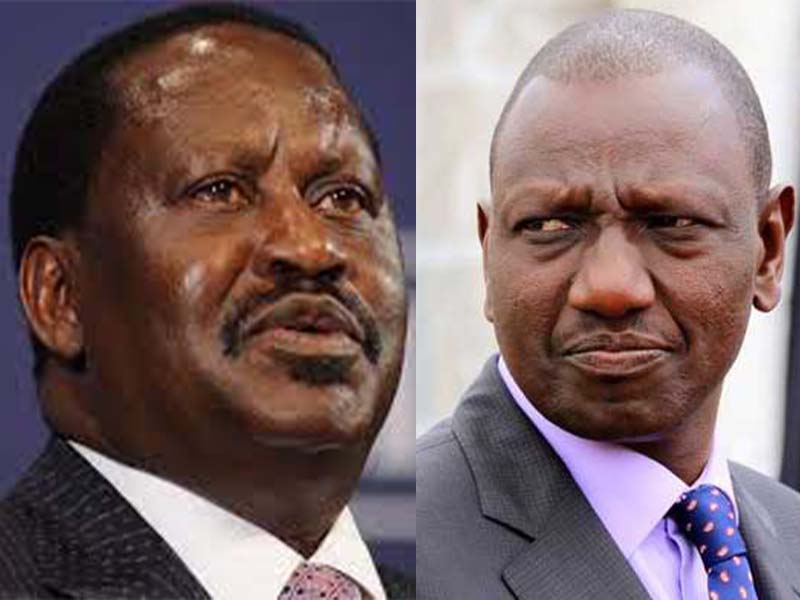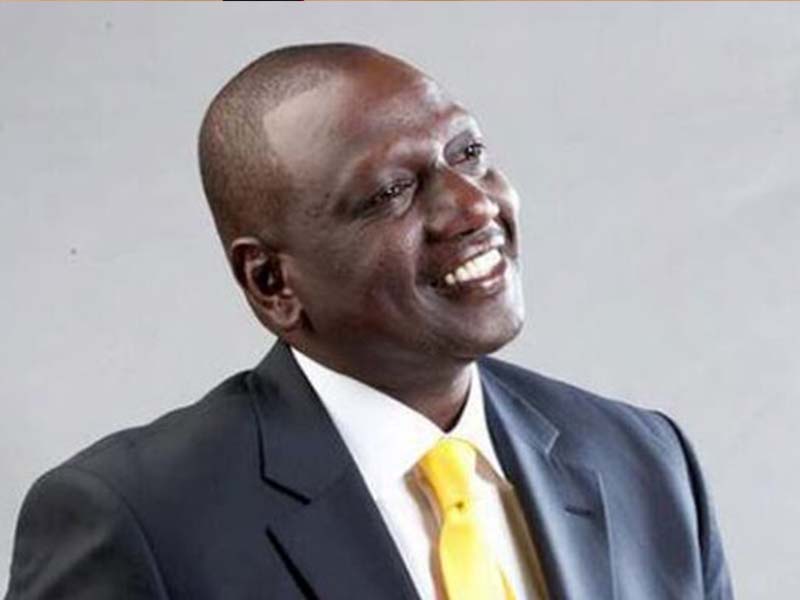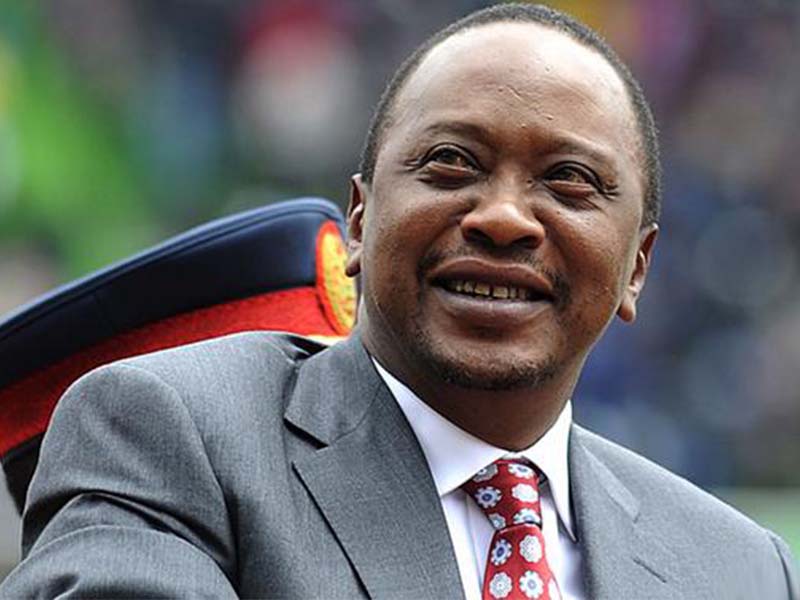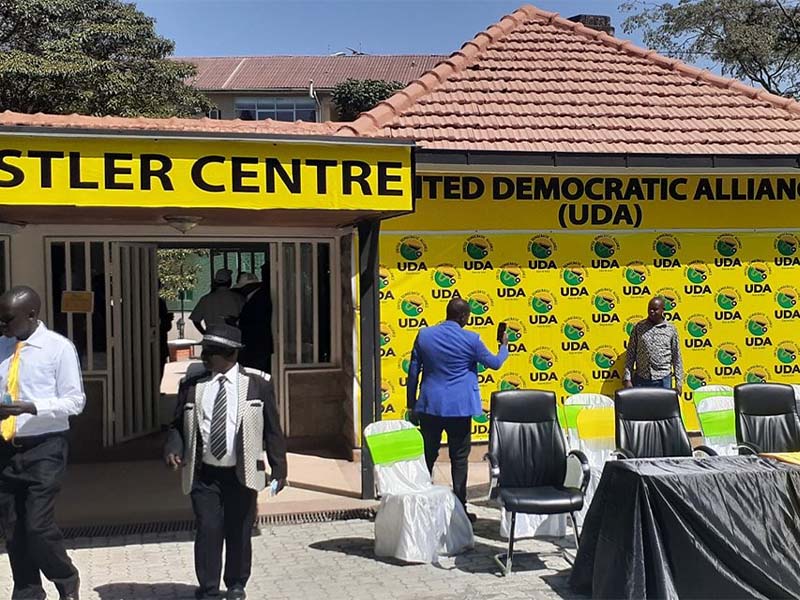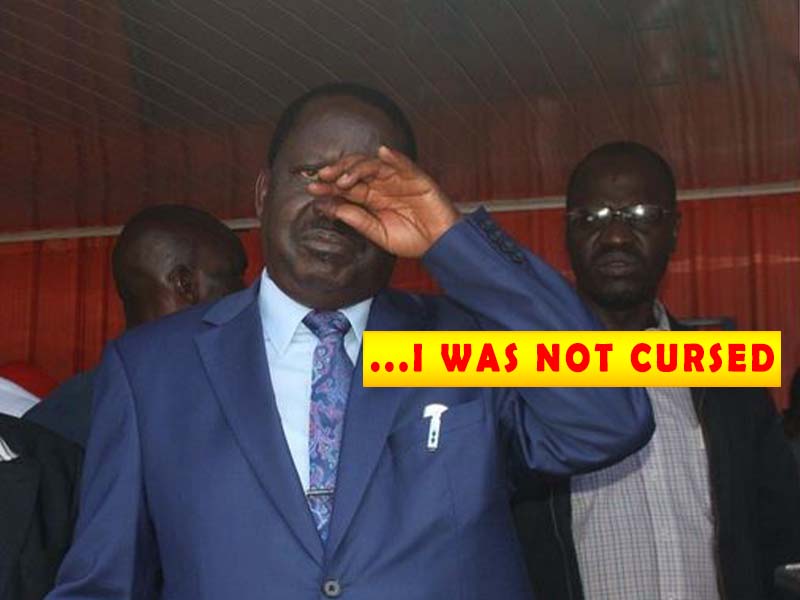The influential Odinga family is still at the helm of power with Raila Odinga politics core. The aspiring fifth president of Kenya lives on after a tough political career spanning five decades.
Raila is no doubt the most promising commander in Chief after President Uhuru Kenyatta and his deputy William Ruto. His weapons include millions of supporters and billions in net worth.
ODM Leader Raila Odinga politics
Raila picked the political race from his, former vice president, father Jaramogi Oginga Odinga.
At first, Jaramogi was head of the Forum for the Restoration of Democracy (FORD).
Accumulation of differences left FORD breaking into FORD Kenya led by Jaramogi Oginga and FORD Asili led by Kenneth Matiba.
All these happened in the late 80s when Raila and other activists were almost delivering multiparty democracy.
A few years earlier, Raila had been arrested and detained 6 years without trial for alleged involvement in the 1982 Coup D’etat.
1992 Raila becoming Langata Constituency MP
The FORD Party split came a few months to the 1992 General Elections.
Michael Wamalwa Kijana succeeded the late Jaramogi as FORD Kenya party leader. Raila remained the official deputy director of elections.
Luckily, Raila managed to succeed Philip Leakey as a Member of Parliament in Langata Constituency.
A controversial party leader selection exercise saw Raila resigning from FORD Kenya and joining the National Development Party (NDP).
1997 presidential aspirant Raila Odinga
He managed third place after Moi and Mwai Kibaki in the 1997 General Elections. In fourth and fifth places were Michael Kijana Wamalwa and Charity Ngilu.
The presidential race of 15 candidates ended with Raila maintaining his position as Langata Constituency MP.
2000 Raila Odinga President Moi handshake aborted
After conceding, Raila joined hands with Moi resulting in a merger between KANU and NDP parties.
As a result, Raila became Energy Cabinet Minister between 2001 and 2002.
In addition, KANU poised Raila into the rank of a Secretary-General; a position previously occupied by Joseph Kamotho.
Raila who was longing for Moi’s endorsement was disappointed when the retiring head of state picked a then-inexperienced 38 years old Uhuru Kenyatta for a preferred successor.
Other KANU officials who felt betrayed include Kalonzo Musyoka, J.J Kamotho, and George Saitoti.
2002 Raila Odinga Mwai Kibaki handshake and painful fallout
Raila’s Rainbow Movement divorced KANU for an agreement with Mwai Kibaki.
The new power bloc teamed up to form the National Rainbow Coalition (NARC).
In the end, Raila and Kibaki defeated Moi’s preferred candidate, Uhuru Kenyatta, in the 2002 General Elections.
President Kibaki’s failure to honour a pre-election pledge of reviewing the Constitution of Kenya within the first 100 days in office left Raila Odinga betrayed yet again.
The resulting disagreements steered Raila to stand alone with his dream of constitutional amendments.
2005 Kenyan constitutional referendum, Banana versus Orange
The disputed referendum of November 21, 2005, ended with Raila’s Orange team winning by 58% against Kibaki’s Banana team 42%.
Thereafter, Kibaki disbanded the cabinet on November 23, only to recollect it back a couple of weeks later without big names such as Raila and his allies.
2007 Bloody Post Election violence
After 2005, the Orange Democratic Movement (ODM) became a major opposition party in Kenya.
Post-election violence ensued upon the Electoral Commission of Kenya chair Samuel Kivuitu declaring Mwai Kibaki president elect on December 30, 2007.
Widespread violence later ceased when a Ghanaian Diplomat, Kofi Anan, persuaded Raila and Kibaki into a peace deal.
Thereafter, Raila became a Prime Minister and Mwai Kibaki the President of the Republic of Kenya.
2013 Raila Odinga Uhuru Kenyatta crisis
The disputed elections of 2013 saw Raila losing to Uhuru Kenyatta and William Ruto of Jubilee.
Chief Justice Willy Mutunga dropped Raila’s petition. About the same time, IEBC admitted technical issues.
2018 Raila Odinga mock swearing-in ceremony
Former PM Raila Odinga lost yet again in a disputed general election of 2017.
Lawyers Otiende Amollo, James Orengo, and Clifford Ochieng insisted that Uhuru was an unfair winner.
It is in the 2017 election that the retired Chief Justice David Kenani Maraga made a historical ruling, describing presidential election results as null and void.
Claims of election fraud remain unconfirmed in 2007, 2013, and 2017 General Elections.
On January 30, 2018, the controversial lawyer, Miguna Miguna, graced a swearing-in ceremony in which Raila Odinga took oath into office as the People’s President.
The government reacted by taking down all the involved television stations and media houses.
The punitive move was highly reproached by both local and international press freedom activists.
Building Bridges Initiative (BBI)
March 9, 2018, closed the chapter of divisive politics between Raila Odinga and Uhuru Kenyatta.
The handshake later developed into the now popular Building Bridges Initiative (BBI).
Uhuru has since come to the rescue of Raila Odinga in facing DP William Ruto at the ballot.
ODM leader Raila Odinga politics which sparked in the 70s gained shape in the 80s and launched in the 90s is lately at the climax.
I explore diverse topics with clarity to keep you informed, visible, and profitable. Besides, I am a website developer, ICT consultant, and graduate mechatronics engineer from Dedan Kimathi University. Lets meet on WhatsApp.
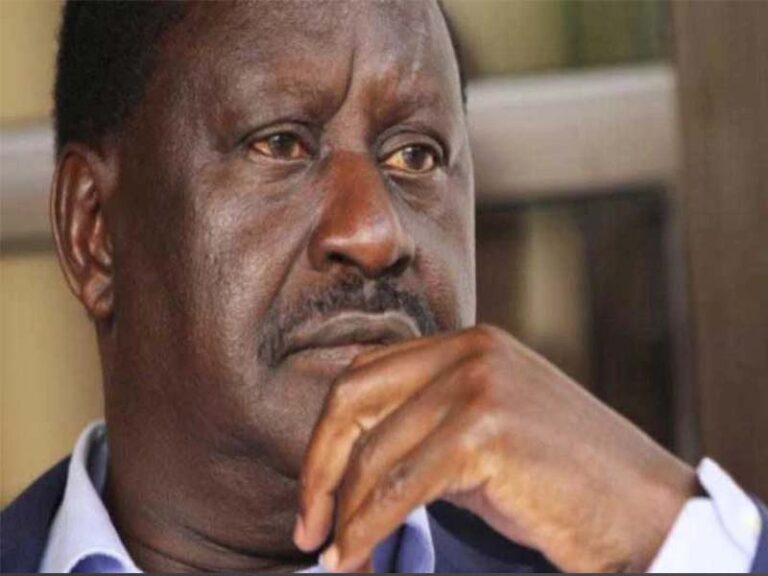
![Raila Amolo Odinga Biography [Presidency]: Age, Wife Ida, Children, Politics, BBI, & ODM Party Raila Amolo Odinga Biography](https://kisiifinest.co.ke/wp-content/uploads/2024/03/Raila-Amolo-Odinga-Biography.jpg)
